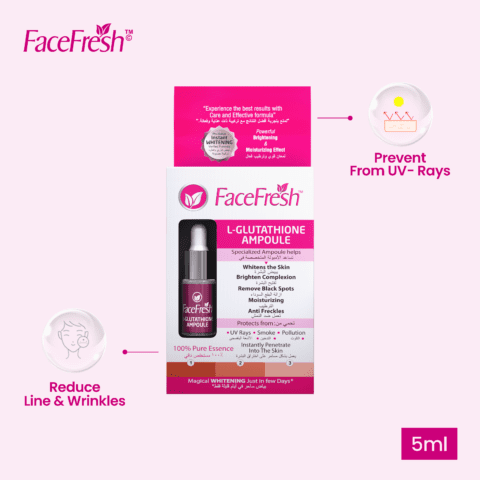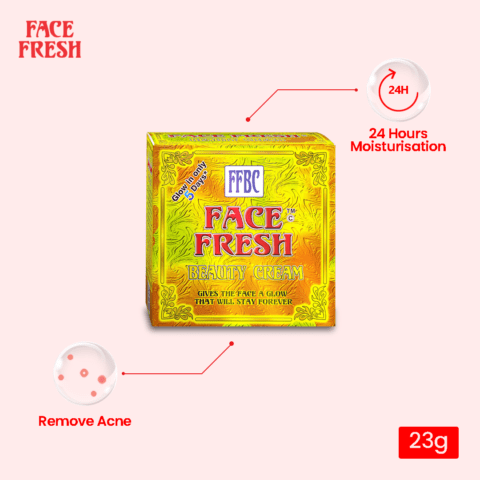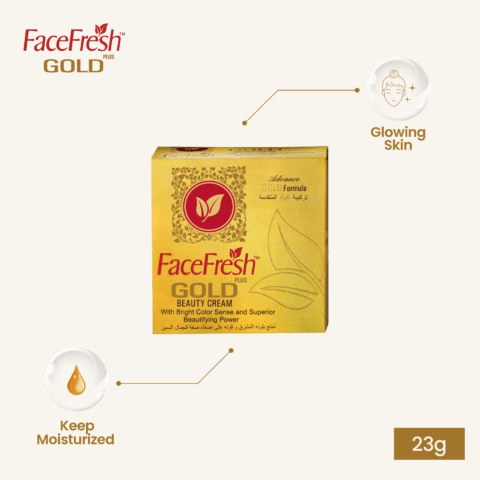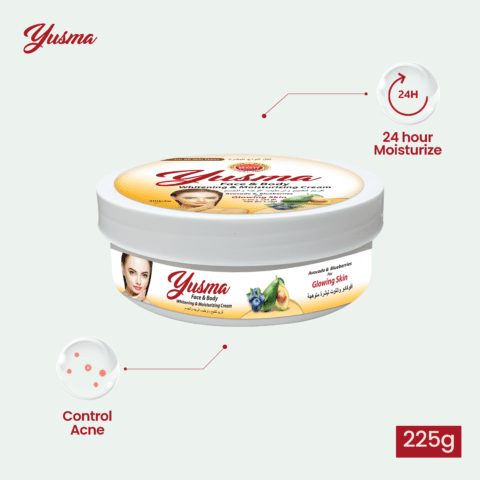Skin spurs, also known as cutaneous horns, are uncommon skin growths that can appear on various parts of the body. While they may resemble animal horns, they are not composed of the same material. In this article, we will delve into the causes, treatment options, and preventive measures for skin spurs. Understanding these aspects can help individuals recognize and manage skin spurs effectively.
Important Points
- What Are Skin Spurs?
- Causes of Skin Spurs
- 2.1 Age and Sun Exposure
- 2.2 HPV Infection
- 2.3 Genetic Predisposition
- Identifying Skin Spurs
- 3.1 Physical Appearance
- 3.2 Common Locations
- 3.3 When to Seek Medical Attention
- Diagnosing Skin Spurs
- 4.1 Physical Examination
- 4.2 Biopsy
- Treatment Options
- 5.1 Surgical Removal
- 5.2 Cryotherapy
- 5.3 Electrocautery
- 5.4 Topical Medications
- Potential Complications
- 6.1 Infection
- 6.2 Bleeding
- 6.3 Recurrence
- Preventive Measures
- 7.1 Sun Protection
- 7.2 Avoiding HPV Infection
- 7.3 Regular Skin Checks
- Living with Skin Spurs
- 8.1 Emotional Impact
- 8.2 Support and Coping Strategies
- Skin Spurs and Skin Cancer
- 9.1 Differentiation from Skin Cancer
- 9.2 Risk Factors for Skin Cancer
- FAQs
- 10.1 Are skin spurs cancerous?
- 10.2 Can skin spurs be treated at home?
- 10.3 Are skin spurs contagious?
- 10.4 Is there a link between skin spurs and skin cancer?
- 10.5 Can skin spurs regrow after removal?
- Conclusion
- Get Access Now: https://bit.ly/J_Umma
What Are Skin Spurs?
Skin spurs, also called cutaneous horns, are small, conical growths that typically develop on sun-exposed areas of the body, such as the face, ears, and hands. Despite their horn-like appearance, they are not made of the same substance as animal horns. Instead, they consist of keratin, the protein found in hair and nails. Skin spurs often range in size from a few millimeters to several centimeters and can vary in color from white to yellow or brown.
Causes of Skin Spurs
2.1 Age and Sun Exposure
One of the primary causes of skin spurs is prolonged exposure to the sun’s harmful ultraviolet (UV) rays. Over time, the accumulated sun damage can lead to the development of these growths, especially in individuals over the age of 50.
2.2 HPV Infection
Human papillomavirus (HPV) infection is another known factor contributing to the formation of skin spurs. Certain strains of HPV can cause the skin cells to grow abnormally, leading to the development of cutaneous horns.
2.3 Genetic Predisposition
In some cases, a genetic predisposition may play a role in the development of skin spurs. If an individual has a family history of cutaneous horns, they may have a higher likelihood of experiencing them as well.
Identifying Skin Spurs
3.1 Physical Appearance
Skin spurs are easy to recognize due to their distinctive appearance. They appear as raised, pointed growths with a rough texture, resembling a small horn or thorn. The color can vary depending on the individual’s skin tone and the duration of sun exposure.
3.2 Common Locations
Skin spurs often appear in areas frequently exposed to the sun, such as the face, ears, hands, forearms, and scalp. However, they can also occur in less sun-exposed regions.
3.3 When to Seek Medical Attention
While skin spurs are usually benign, any new or changing growths should be examined by a dermatologist. If a skin spur causes discomfort, pain, or bleeds, medical attention should be sought promptly.
Diagnosing Skin Spurs
4.1 Physical Examination
To diagnose skin spurs, a dermatologist will conduct a thorough physical examination. They will assess the size, shape, and color of the growths, as well as inquire about the patient’s medical history.
4.2 Biopsy
In some cases, a biopsy may be necessary to confirm the diagnosis of a skin spur. During a biopsy, a small sample of the growth is taken and examined under a microscope.
Treatment Options
5.1 Surgical Removal
The most common treatment for skin spurs is surgical removal. This procedure is typically quick and straightforward, and it can be performed in a dermatologist’s office. After removal, the growth is sent for biopsy to rule out any cancerous changes.
5.2 Cryotherapy
Cryotherapy involves freezing the skin spur with liquid nitrogen, causing it to fall off over time. This method is often used for smaller growths and is relatively painless.
5.3 Electrocautery
Electrocautery is a technique where the skin spur is burned off using an electrical current. While effective, this method may leave a small scar.
5.4 Topical Medications
Certain topical medications may be prescribed to treat skin spurs, but their efficacy is variable and may not be as effective as other removal methods.
Potential Complications
6.1 Infection
After the removal of a skin spur, there is a slight risk of infection. Proper wound care and following the dermatologist’s instructions can minimize this risk.
6.2 Bleeding
During the removal process, there is a possibility of bleeding. However, it is usually minimal and stops on its own.
6.3 Recurrence
In some cases, skin spurs may regrow after removal. If this occurs, a dermatologist can reevaluate the situation and recommend further treatment.
Preventive Measures
7.1 Sun Protection
To reduce the risk of developing skin spurs, it is essential to protect the skin from excessive sun exposure. This includes wearing protective clothing, using sunscreen, and seeking shade during peak sun hours.
7.2 Avoiding HPV Infection
Practicing safe sex and getting vaccinated against certain strains of HPV can lower the risk of developing skin spurs caused by HPV infection.
7.3 Regular Skin Checks
Performing regular self-skin examinations can help identify any new or changing growths early on, allowing for timely medical intervention.
Living with Skin Spurs
8.1 Emotional Impact
The presence of skin spurs can sometimes lead to emotional distress, particularly if they are located on visible areas of the body. Seeking support from friends, family, or a mental health professional can be beneficial.
8.2 Support and Coping Strategies
Joining support groups or online forums with individuals experiencing similar conditions can provide comfort and valuable coping strategies.
Skin Spurs and Skin Cancer
9.1 Differentiation from Skin Cancer
Skin spurs are usually benign and not associated with skin cancer. However, some skin cancers can resemble skin spurs, making it crucial to have any new or changing growths examined by a dermatologist.
9.2 Risk Factors for Skin Cancer
Individuals with a history of sun exposure and sunburns, fair skin, and a family history of skin cancer may have a higher risk of developing skin cancer.
FAQs
10.1 Are skin spurs cancerous?
No, skin spurs are typically benign growths and not considered cancerous. However, they should be examined by a dermatologist to rule out any potential malignancy.
10.2 Can skin spurs be treated at home?
It is not recommended to attempt treating skin spurs at home. Professional medical evaluation and treatment are essential to ensure safe and effective removal.
10.3 Are skin spurs contagious?
No, skin spurs are not contagious and cannot be spread from person to person.
10.4 Is there a link between skin spurs and skin cancer?
While skin spurs are not directly linked to skin cancer, some skin cancers may resemble skin spurs. Seeking professional evaluation is crucial to differentiate between the two.
10.5 Can skin spurs regrow after removal?
In some cases, skin spurs may regrow after removal. If this occurs, it is advisable to consult a dermatologist for further evaluation and possible treatment.
Conclusion
Skin spurs, or cutaneous horns, are unique skin growths that may cause concern but are usually harmless. Understanding their causes, treatment options, and preventive measures is essential in managing these growths effectively. Regular skin checks and professional medical evaluation can aid in early detection and appropriate management. Remember, while skin spurs are not typically dangerous, any new or changing growths should be promptly examined by a dermatologist to rule out potential skin cancer.








Leave a comment
Your email address will not be published. Required fields are marked *